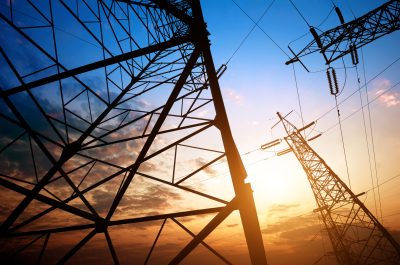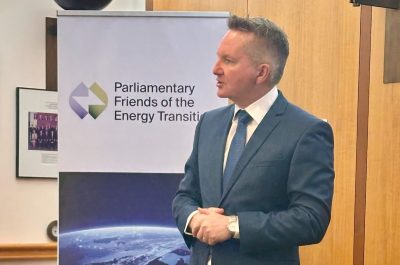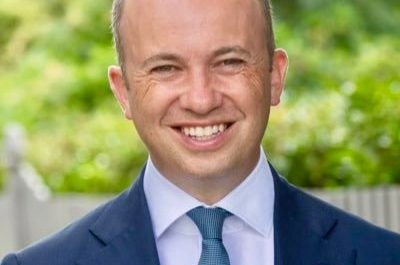NSW Election – Direct Pitch to Industry – NSW Shadow Minister for Energy & Climate Change Jihad Dib MP
What will be the critical energy developments in NSW during the next term of office and beyond that to 2030? What is your number 1 energy priority?
The critical energy development in NSW will be the accelerated retirement of coal-fired power stations and the deployment of dispatchable renewable energy. This creates the risk of a deteriorating reliability gap given delays in delivery of the government’s Electricity Infrastructure Roadmap. One of my major concerns is that the Renewable Energy Zones do not appear on track to produce 12GW of new generation or 2GW of storage (on top of Snowy 2.0) by 2030.
These developments underline the vulnerability of certain communities to the energy transition and the need to ensure they are given the autonomy and resourcing to forge new economic paths in emerging industries. NSW Labor’s energy priorities are to lower emissions, ensure stability of the grid, put downward pressure on prices and to protect and create new jobs. Given these challenges, the number 1 energy priority is keeping the lights on. This requires providing investor certainty on emissions reduction targets, accelerating delivery of the Infrastructure Roadmap, which Labor gave bipartisan support to, as well as working with industry on critical gaps, particularly medium-long duration storage. NSW Labor has committed $1 billion towards establishing the NSW Energy Security Corporation, demonstrating our commitment to a shared journey with industry.
How will customers benefit from your election commitments?
NSW Labor will establish the NSW Energy Security Corporation, a state-owned body modelled on the CEFC to function as a loan facility for medium-long duration storage projects and community batteries. This will crowd in private sector investment around storage projects that will support renewables to be dispatchable thus putting downward pressure on energy bills and supporting stability of the grid.
The Energy Security Corporation will also seek to co-finance projects in partnership with industry as well as entities like the CEFC thus attracting more private sector investment into NSW by demonstrating a NSW Labor Government’s commitment to solving important challenges.
In addition, eligible households will receive a $500 rebate and eligible small businesses will receive a $650 rebate, to be paid quarterly. Labor’s plan will honour the agreement made between the Federal and State Government’s at National Cabinet with the $500 rebate to be split 50:50.
What do you expect the grid to look like beyond 2030?
NSW Labor will adopt a can-do, sensible and pragmatic approach to the grid’s energy mix. We support targets of 12GW renewable generation and 2GW of storage in addition to Snowy 2.0 with an expanded role for emerging industries like offshore wind and green hydrogen. However, we anticipate challenges in meeting the government’s 2030 targets because of the slow rollout of the Renewable Energy Zones.
We intend for the NSW Energy Security Corporation to support the delivery of medium-long duration storage enabling more renewables to be dispatchable. We are also realistic that because of delays there is an ongoing need for traditional forms of baseload power as part of the energy mix. To the extent that government can influence and shape what the grid looks like beyond 2030 we will seek to lower emissions and power prices, whilst pursuing the paramount objective of keeping the lights on.
What is your final pitch to industry ahead of the election?
There are significant challenges and opportunities facing industry. My pitch to meeting these challenges and opportunities is through partnership. As Shadow Minister I have consulted widely with multiple members of industry to understand emerging challenges. My approach is to focus on the areas where neither government nor industry can meet the challenges alone, particularly medium-long duration storage. We will approach every challenge pragmatically having regard to the aforementioned energy priorities being to lower emissions, ensure stability of the grid, put downward pressure on prices and to protect and create new jobs.
I want to find innovative ways to support domestic manufacturing of renewable components and promote new technology, whilst ensuring that the industry grows onshore. I will take each idea from industry on how to realise this with open-mindedness.
Energy security must be a critical feature of any government and whilst we deal with the issues at hand, we also have to seize the moment to fully utilise this enormous economic opportunity on our doorstop.



